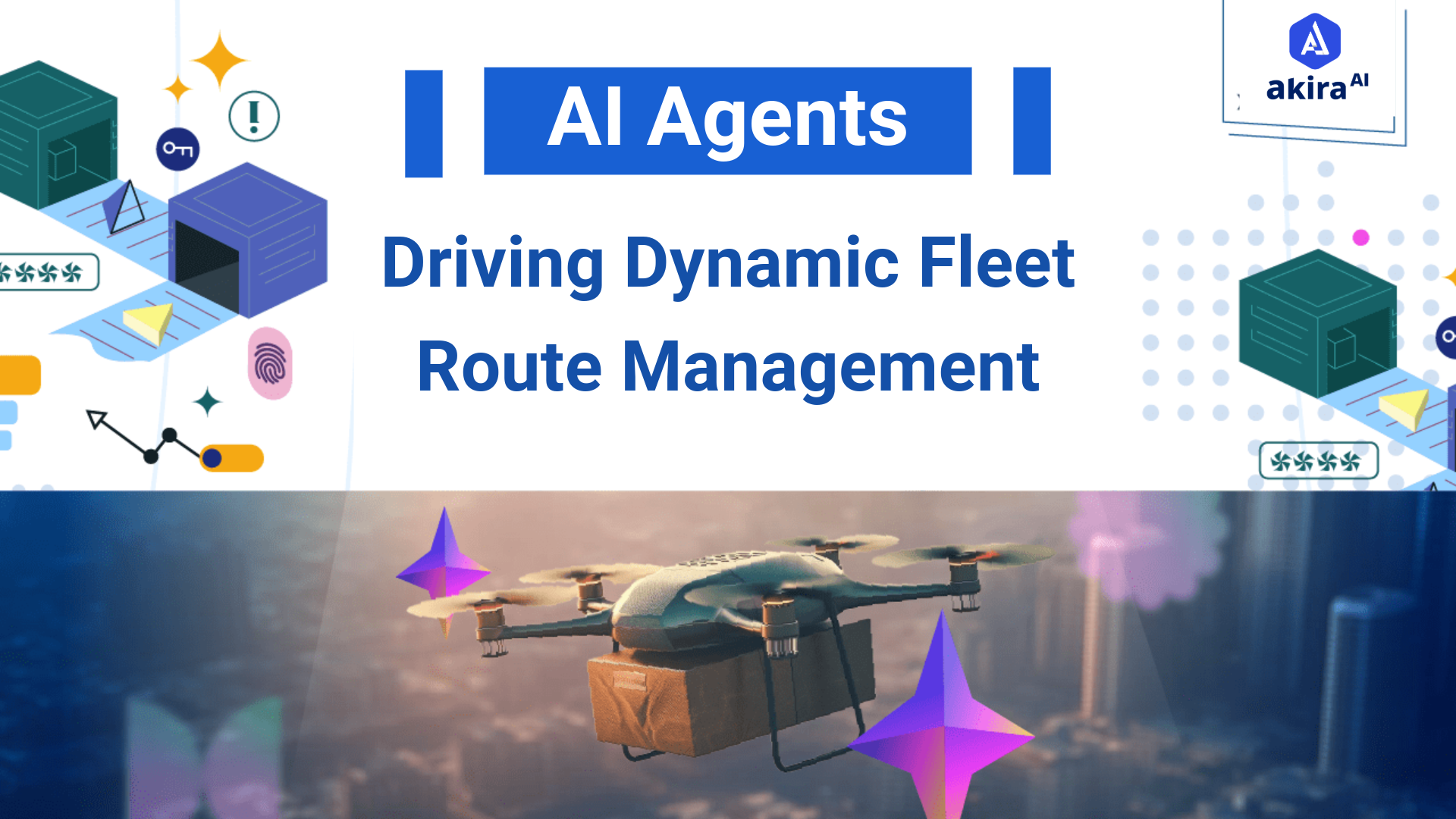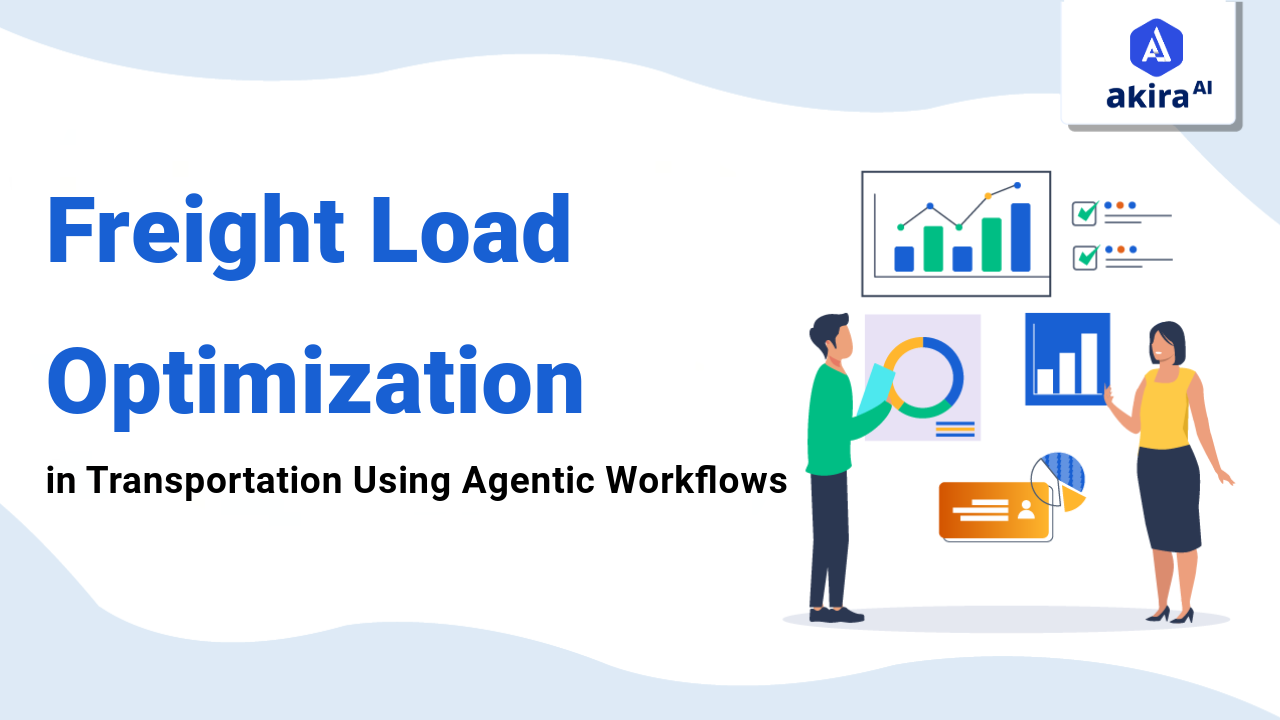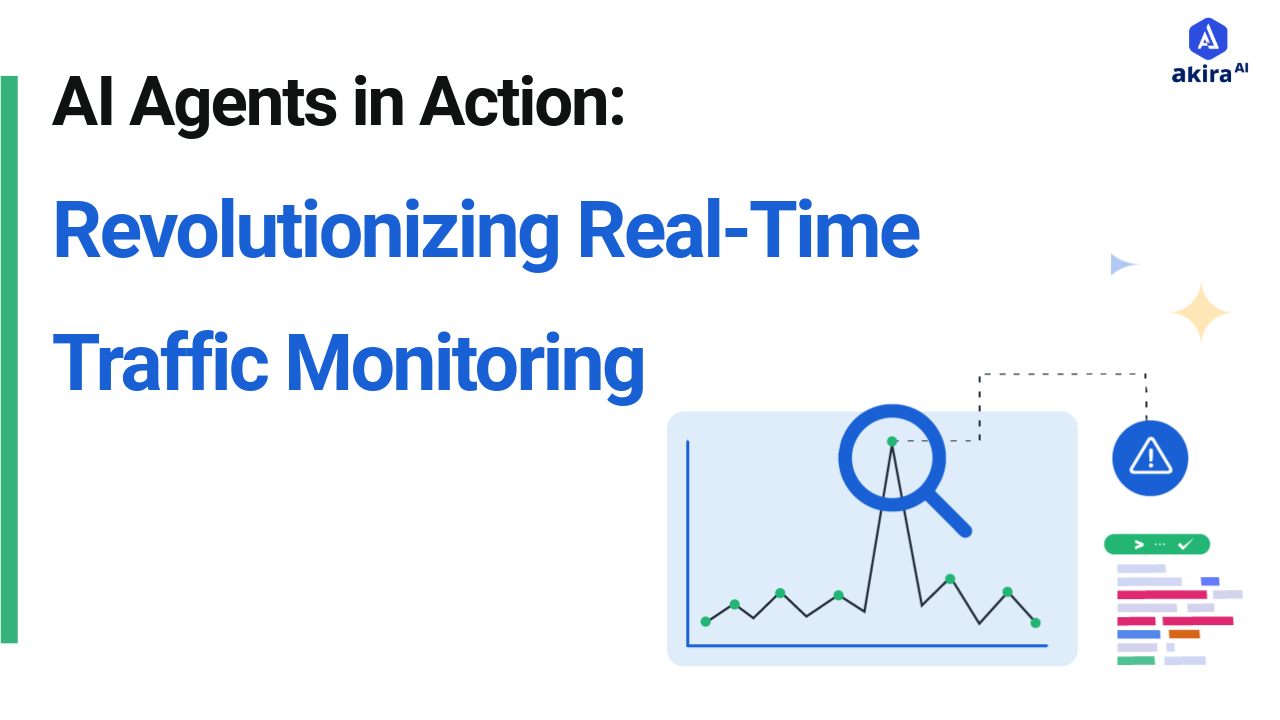Get ready for an exciting shift in public transportation! Autonomous scheduling and AI agents are revolutionizing our commute, making it smarter and more efficient. Imagine a bus that changes its route plan based on the demand status of passengers and the traffic pattern of the road to prevent delays. These technologies capture current details to determine the most appropriate routes and timetables so as to minimize the time of waiting. In this blog, we will explore how such advancement alters public transportation.
What is Autonomous Scheduling for Public Transportation?
Autonomous scheduling in public transportation means reliance on automatic media to set up and adjust the transport timetable independently of other human input. These systems consider input such as passengers’ demand, traffic congestion, and number of available vehicles to generate schedules that tend to respond to current traffic without causing very many delays. This complex process can be greatly helped through automation so that transit agencies can adapt better to changeable conditions on the ground—thus making buses, trains, and other forms of transportation operate effectively and on time.
A Brief Overview of Autonomous Scheduling for Public Transportation
Automated scheduling actually entails a process of planning and coordination of organizational work and activities for the smooth running of transit operations generally supported by data analytics. This technology uses various formulas that can incorporate previous ride-sharing demand, present-time road congestion, and predicted weather disturbances. The result is an updated schedule that continues to provide for on-time arrivals and displacements.
In contrast, AI agents in autonomous scheduling increase the efficiency of these systems tremendously. What is more, they apply not only modern machine learning and conduct analyses of potential scenarios. From information collected from past performances and up-to-date data, such agents can suggest changes in schedules that will meet the needs of commuters.
Traditional vs. Agentic AI Autonomous Scheduling for Public Transportation
|
Feature |
Traditional Scheduling |
Agentic AI-based Autonomous Scheduling |
|
Decision-Making Process |
Manual analysis by transit teams |
Automated decision-making using AI agents |
|
Data Analysis |
Limited to historical data |
Real-time data processing and predictive analytics |
|
Adaptability |
Static algorithms with limited adaptability |
Dynamic and adaptive strategies through continuous learning |
|
Efficiency |
Lower efficiency due to human error |
Higher efficiency driven by AI insights |
|
Cost Reduction |
Moderate impact on costs |
Significant cost savings through optimization |
|
Speed of Execution |
Slower due to manual interventions |
Rapid execution of scheduling strategies |
|
Scalability |
Difficult to scale with increasing complexity |
Easily scalable as AI systems adapt to larger datasets |
Akira AI Multi-Agent in Action
Akira AI exemplifies the power of multiagent systems in enhancing autonomous scheduling for public transportation. This system integrates various agents, each specializing in specific tasks to optimize scheduling and operations:
-
Data Collection Agent: Gathers real-time information on passenger demand, traffic conditions, and vehicle status to inform scheduling decisions. This agent uses data from mobile apps, ticketing systems, and IoT sensors to create a comprehensive view of current operational needs.
-
Load Planning Agent: Analyzes passenger load data to optimize vehicle assignments and ensure efficient use of resources. It assesses how full each vehicle is expected to be at different times, allowing for proactive adjustments to maximize capacity.
-
Route Optimization Agent: Constantly tracks traffic and situation and reroutes both constantly to avoid traffic. This particular type of agent can, therefore, diagnose patterns in real-time data and recommend an alternate route during rush hour traffic.
-
Communication Agent: Enables communication between agents and transit operators through sending messages, alerts, and updates to enhance operations. This agent also disseminates information to the passengers in case of any delays and changes in the timetable.
-
Feedback Agent: Collects post-trip data to evaluate performance and refine scheduling algorithms for future improvements. This agent operates on performance factors like on-time arrivals and passenger satisfaction to help in improving other factors.
-
Maintenance Agent: Monitors the condition of vehicles and schedules maintenance tasks based on predictive analytics. By ensuring vehicles are serviced before issues arise, this agent helps maintain a reliable fleet.
Use Cases and Applications of Autonomous Scheduling
-
On-Demand Transit Services: Autonomous scheduling allows a variety of transit options, from flexible schedules that can accommodate real-time passengers’ demand. This enhances access, which is particularly beneficial for all the unserved regions across the country. Another example is dynamic ride-sharing, where small vehicles respond to demand, and here, integrating agentic AI for efficient scheduling can only be of significant value.
-
Route Optimization: Autonomous agents analyze traffic patterns and ridership data to dynamically adjust routes. This reduces delays and enhances service reliability. For example, during a large-scale occasion such as a concert, AI systems can effectively alter the routes that buses will take, for instance, in areas where passenger uptakes will be higher, to ensure that people get to their destination.
-
Emergency Response Management: In cases of service disruptions or emergencies, autonomous scheduling helps quickly reroute vehicles to meet urgent demands. In a situation where an event affects a community, through natural disasters, or accidents, AI agents can make it possible to change the schedule to align with the appropriate use of emergency response vehicles.
-
Integration with Other Modes of Transport: Coordinating schedules across various transportation modes—like buses, trains, and ride-sharing services—enhances overall mobility for users. The agents can create seamless connections, reducing wait times and improving the user experience.
-
Predictive Maintenance: Autonomous agents are in charge of the state of vehicles and plan maintenance. This cuts on the time when vehicles can be off the road as transit agencies can prepare for their failure and make the fleet more reliable.
-
Seasonal Adjustments: Autonomous scheduling can determine prospective fluctuations in the required number of vehicles as influenced by seasons or other factors; thus, agencies could adjust their service delivery. For instance, during the holiday season, public transport may be adjusted to provide for the expected demand up to the holiday season.
-
Environmental Impact Monitoring: Autonomous systems can contribute to saving fuel and energy, as well as decreasing undesirable emissions if routes and schedules are optimized in public transport systems. They can, therefore, take environmental data to determine optimal green routes.
Operational Benefits of Autonomous Scheduling for Public Transportation
-
Increased Productivity: AI agents are projected to manage 80% of scheduling tasks by 2025. This shift allows human resources to focus on strategic decision-making, leading to innovative solutions within transit agencies.
-
Enhanced Visibility: AI agents make operations more transparent, as they give real-time tracking and updates. This makes service management more effective and enables transit agencies to control performance indicators consistently.
-
Reduced Human Error: Automation lowers the risks associated with manual processes, resulting in fewer errors. After the implementation of the solutions, error rates can be reduced to a great degree, and therefore, the overall service of the company can be enhanced.
-
Faster Response Times: Intelligent agents are capable of responding or making adjustments on short notice to incidents that occur on the road or changes in passenger numbers. This way, even public transport systems can respond as quickly as possible and optimize their movements.
-
Better Resource Allocation: As for the analytic ability, these agents offer more effective solutions to transit agencies in their resource management, including vehicle and staff distribution referring to the demand forecast.
Technologies Transforming Autonomous Scheduling for Public Transportation
Several key technologies are driving the transformation of autonomous scheduling for public transportation:
-
Machine Learning: Enhances predictive capabilities for load planning and routing by analyzing historical ridership data. Algorithms can identify trends and optimize schedules accordingly.
-
Big Data Analytics: Analyzes data flows and produces necessary conclusions for real-time scheduling. It facilitates versatile analyses of operation data and increases the level of adaptation to passengers’ demands.
-
Blockchain Technology: Improves efficiency and effectiveness in Data processing, storage, protection, and dissemination. This increases the confidence of stakeholders in the public transport system through transactions and agreements through automation.
-
Robotic Process Automation (RPA): Automates routine tasks in logistics operations, increasing operational speed and reducing manual intervention. RPA streamlines administrative processes, allowing for faster responses to scheduling changes.
-
Mobile Applications: Mobile applications facilitate the passengers not only to get the information but also to book the ticket and get updates. It also returns useful information to the scheduling system for more enhancement.
The Future of Autonomous Scheduling for Public Transportation
-
Empowered Decision-Making: Future AI agents are expected to be more intelligent, characterized by increased performance through better algorithms for decision-making.
-
Collaborative Transport Solutions: Multiagent systems will improve coordination and efficiency across public transport services, leading to more integrated transport solutions for passengers.
-
Sustainable Transit Innovations: AI will prioritize eco-friendly solutions, optimizing routes to minimize carbon footprints and align with global sustainability goals.
-
Personalized Passenger Experiences: AI agents will enable tailored scheduling solutions that cater to individual passenger needs, improving overall satisfaction.
-
Enhanced Security Protocols: As transit systems digitize, AI agents will implement advanced security protocols to protect sensitive data and ensure compliance with regulations.
-
Interconnected Travel Standards: Connecting fare systems on different modes of transport will also be facilitated by AI agents to ensure that complex systems can be adopted across different jurisdictions making travel better.
-
Seamless AI Integration: Future systems will see greater integration of intelligent agents with autonomous vehicle technologies, streamlining operations and reducing labor costs.
Conclusion: Autonomous Scheduling for Public Transportation
The potential of AI agents combined with autonomous scheduling is nothing short of groundbreaking for public transportation. As these technologies continue to evolve, they promise to make our transit systems not only more efficient but also incredibly user-friendly. This transformation is essential for meeting the challenges of urban mobility today and in the future. So, embrace this change, pushing for innovations that cater to the needs of every commuter. Together, we can create a public transport experience that is reliable, responsive, and truly transformative, ensuring that our cities are not only livable but also connected in ways we’ve only dreamed of.


